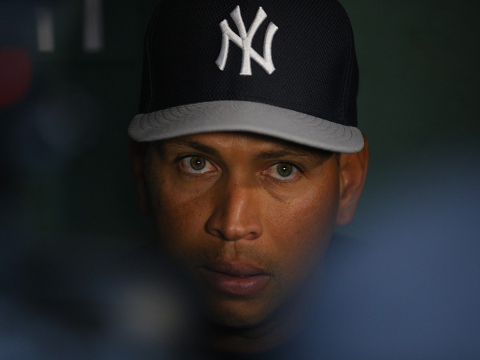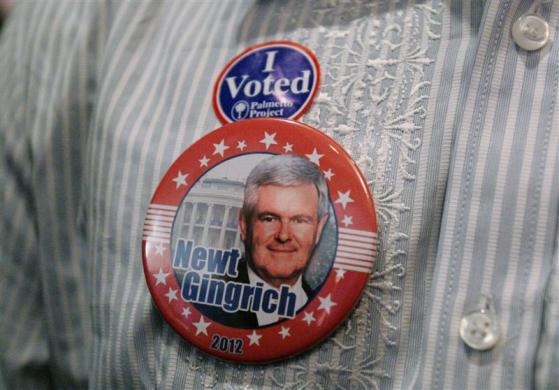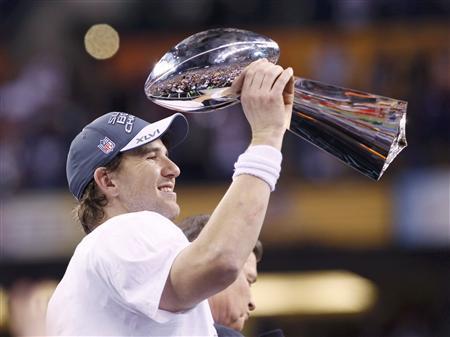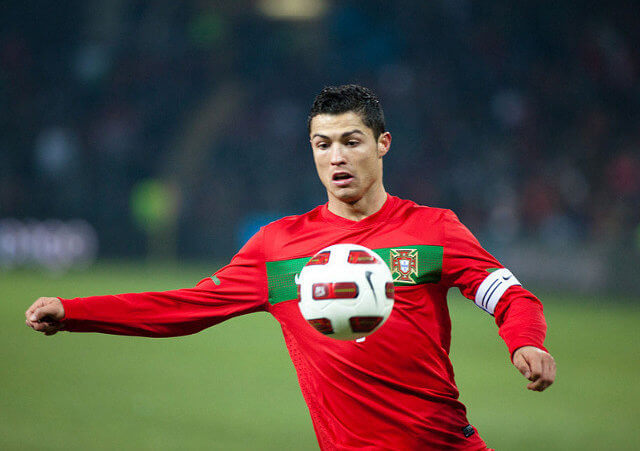
“Sportswriters are comparative mythologists at heart.” So said Bryan Curtis in a Grantland piece about Alex Rodriguez and the way the media has labeled him as he has changed over the course of his career.
In any good story, characters fit a certain generally accepted mold. On the highest level, it’s heroes vs. villains. Classic comic book stories embody this good vs. evil battle, and feature prominent heroes like Captain America, Superman, and Batman. In our increasingly skeptical, fragmented society, we’ve had a difficult time coming up with our own protagonists, so we’ve largely gone back in time to fill the need for heroes by digging up comic book characters. In the modern era of Millennials, who live and breathe the postmodern worldview, we like to deconstruct everything and collapse traditional narrative types by introducing multi-faceted, quirky lead characters who do not fit into any preconceived “box”. Millennials hate being labeled, after all.
So it’s eminently interesting to me that we still use basic character constructs to understand the athletes we love, hate, root for, tolerate, and generally are fascinated by. Think of these character constructs as archetypes, like the metal cookie-cutter molds you used as a kid with your grandma to make different shapes of sugar cookies. In this article I’ll focus on common archetypes we use for players, while part 2 will focus on archetypes we use for teams. Sports are more fun when they make sense, and storylines and characterization help provide sports with meaning.
Here are common labels we give athletes:
The Prospect: This is the young, promising stud in the minors who has captivated our attention with effortless power, speed, agility, and grace. Think of the way Kris Bryant of the Chicago Cubs dominated the spring-training headlines a few months ago, or the way LeBron James fever caused ESPN in 2002 to make the unprecedented move to nationally televise a high school basketball game. We become transfixed with The Prospect because of the unlimited potential, the boundless ceiling, the endless possibilities.
The Crafty Veteran: Most professional players, across all sports, have a pretty short career. You’re pretty lucky if you make it over 5 years as a pro in any sport. So when a player has been around for 10, 15, sometimes even 20 years, we fit them into a new category: the wily, crafty veteran. Think of the way Bartolo Colon, at 41, still flummoxes batters. Or the way that Manu Ginobili, at age 37, can still knife his way through the lane via his patented Euro-Step, enticing refs to call fouls with his unique ability to flail at even the slightest contact. We love crafty veterans because while they may not be as talented as they once were, in the words of esteemed country singer Toby Keith (himself now a crafty veteran), they can be as good once as they ever were.
The Cheater: Well, Tom Brady is making this one pretty easy, as the debacle known as “Deflategate” (I personally like PSI: New England the best) has dominated the recent headlines. More traditional cheaters of recent memory include Alex Rodriguez and Barry Bonds, along with a host of PED-using baseball players. Lance Armstrong fits this category as well. The Cheater label is one of the worst designations we can give an athlete, because we are all born with a finely-tuned barometer of fairness that can’t stand to be taken advantage of by those who short-circuit their way to success.
The Natural: We love superstars, because they transcend reality and push us into wonderment as they perform acts that we, the regular Joes of the world, can only dream of accomplishing. Some stars are born of tireless work ethics, having honed their skill from years of practice. These athletes put us in awe, but there is another category of player that we are even more transfixed with: the Natural. The Natural is the player who seems to have effortless skill. Think of Josh Hamilton‘s home-run swing. (Or Ken Griffey Jr.’s from back in the day) He makes a bat that most of us could barely swing send a ball into orbit with such ease. In basketball, Magic Johnson had this same quality, fluidly orchestrating one of the most potent offenses in NBA history.
“Glue” Guys: These are the clubhouse leaders, the Draymond Greens and Tyson Chandlers of the sports world, who keep the team focused.
The Badboy: See: Dennis Rodman and Brian Bosworth.
The Role Player: Remember the way Steve Kerr and Robert Horry never seemed to be that great on their own, but give them an open shot in the waning seconds of a high-stakes game and they were magic. (see also entire New England Patriots team not named Tom Brady or Rob Gronkowski and the San Francisco Giants 2014 World Series champions not named Madison Bumgarner).
These are just a few of the multiple archetypes we use for athletes. We use these archetypes because we need to make sense of sports, and stories are the way we make sense of life. We need over-arching narratives or else our individual lives collapse into relative insignificance.
I bring all this up because I think this sheds light on the way you and I were designed to need a bigger story than our own in order to make sense of our lives. Ultimately, we find meaning when we sacrifice the desire to be the author of our own story and instead find joy in the unique and beautiful way that God writes our story. We’ll get into this more in Part 2, where we’ll also look at some of the common archetypes we use for teams.













